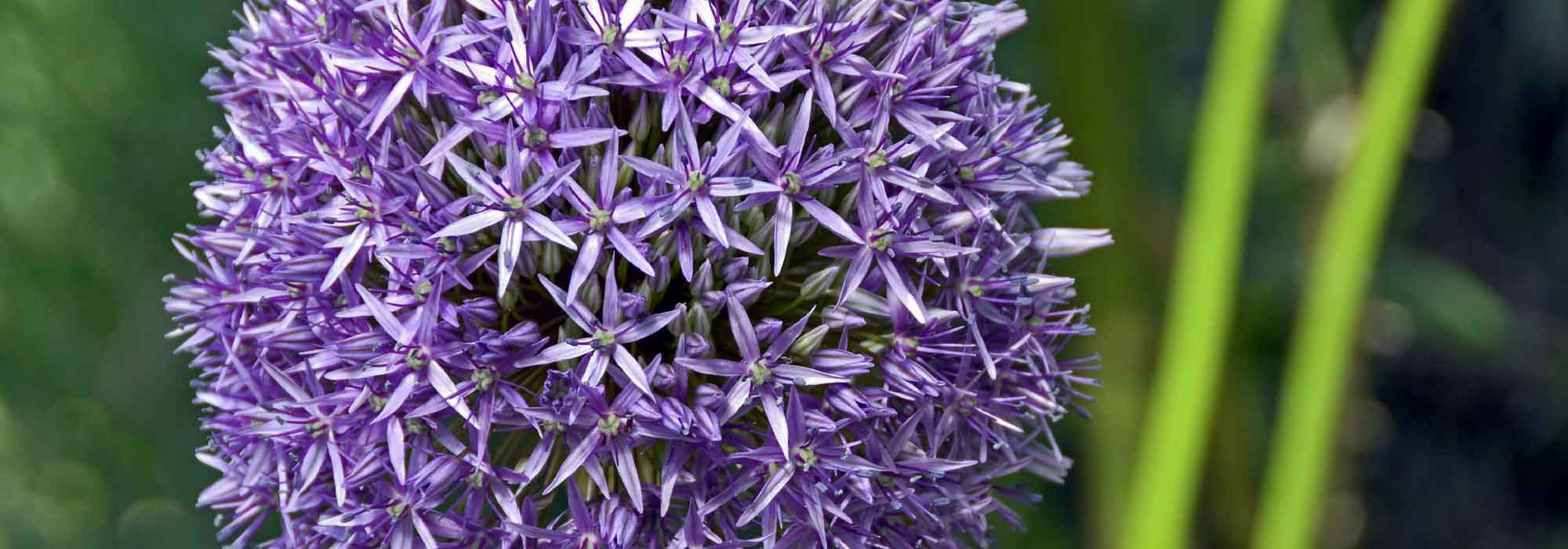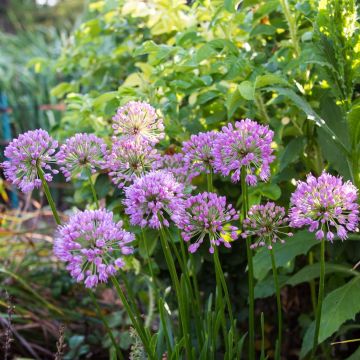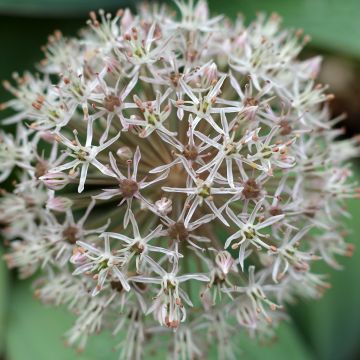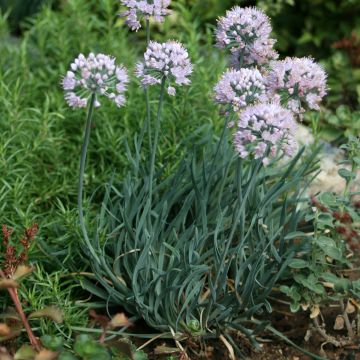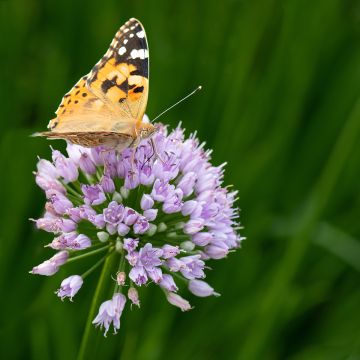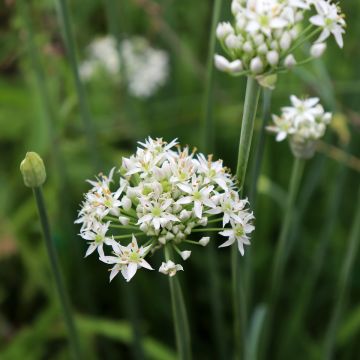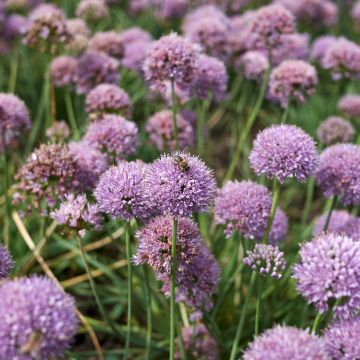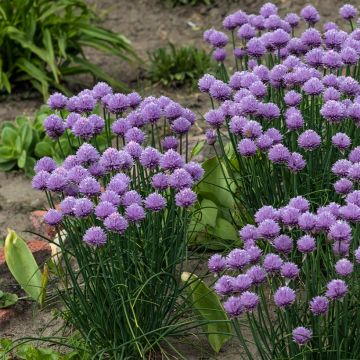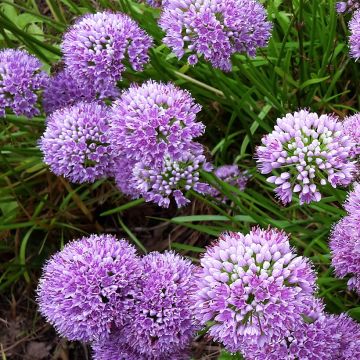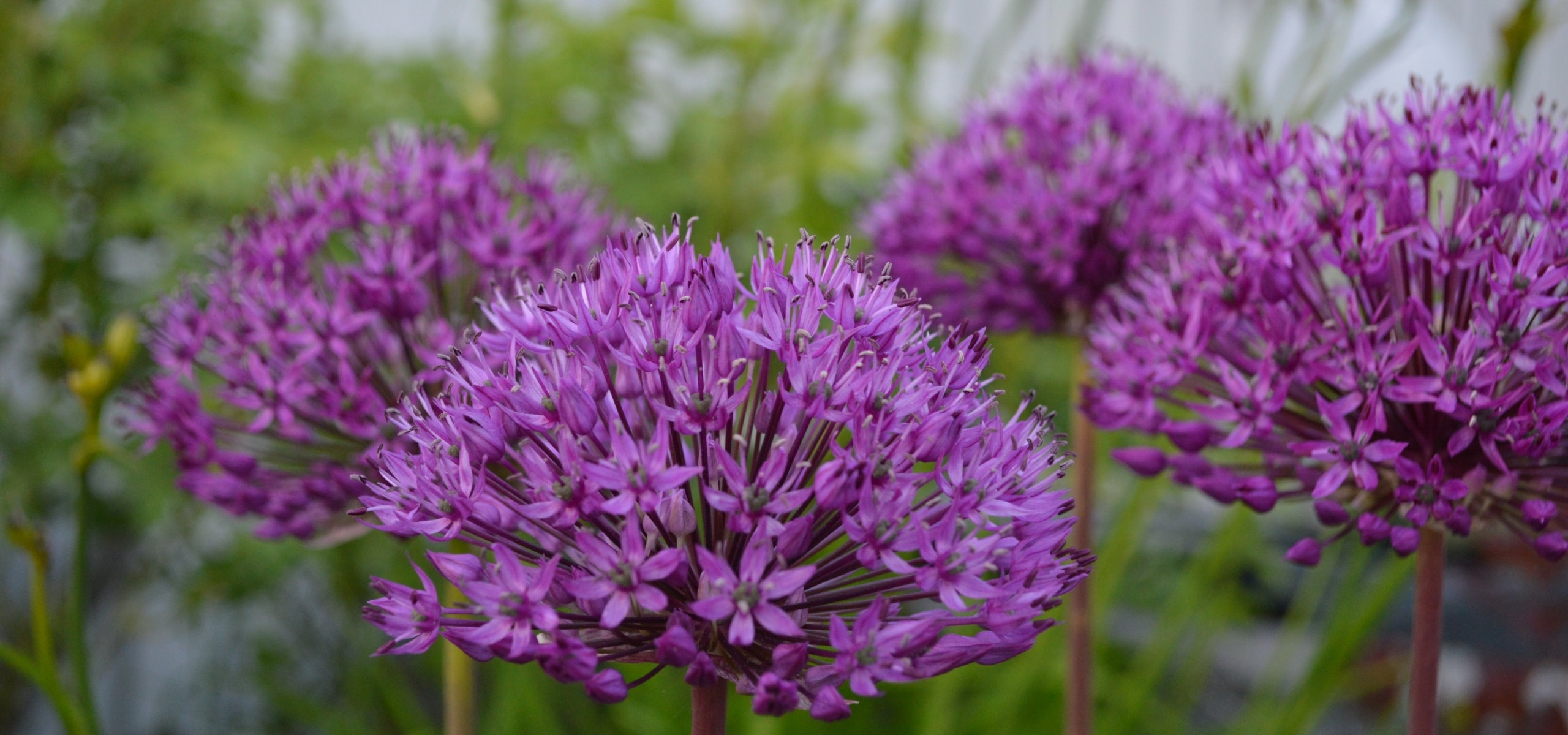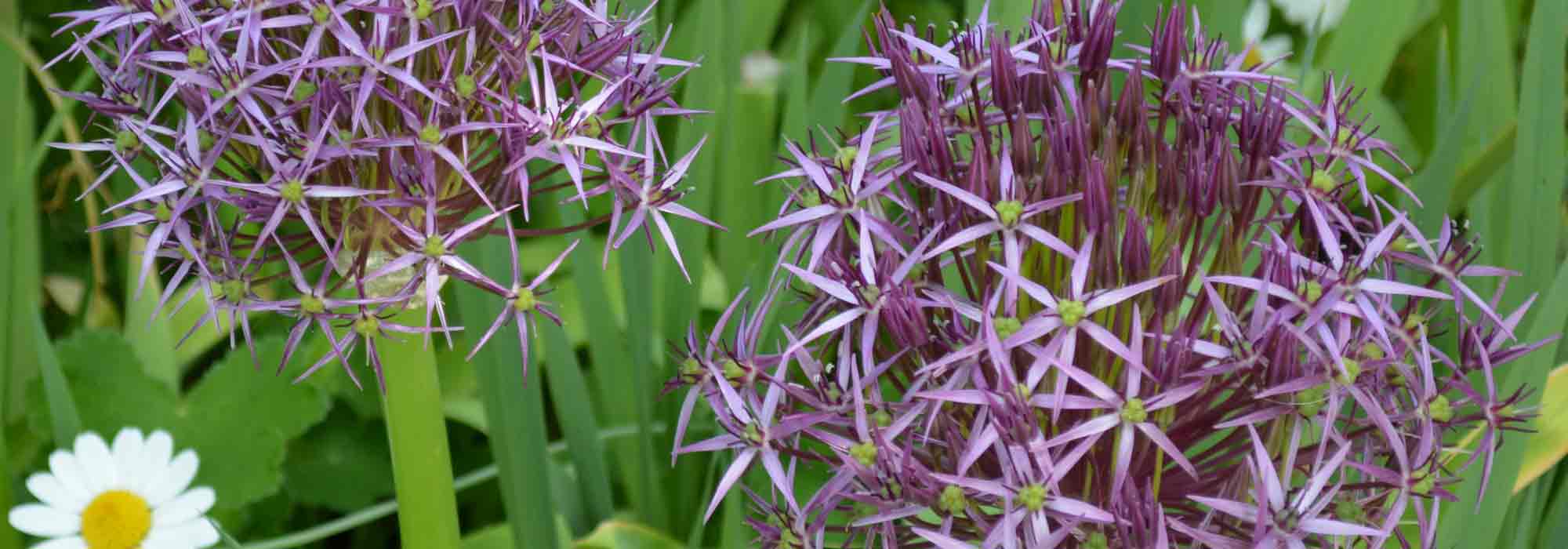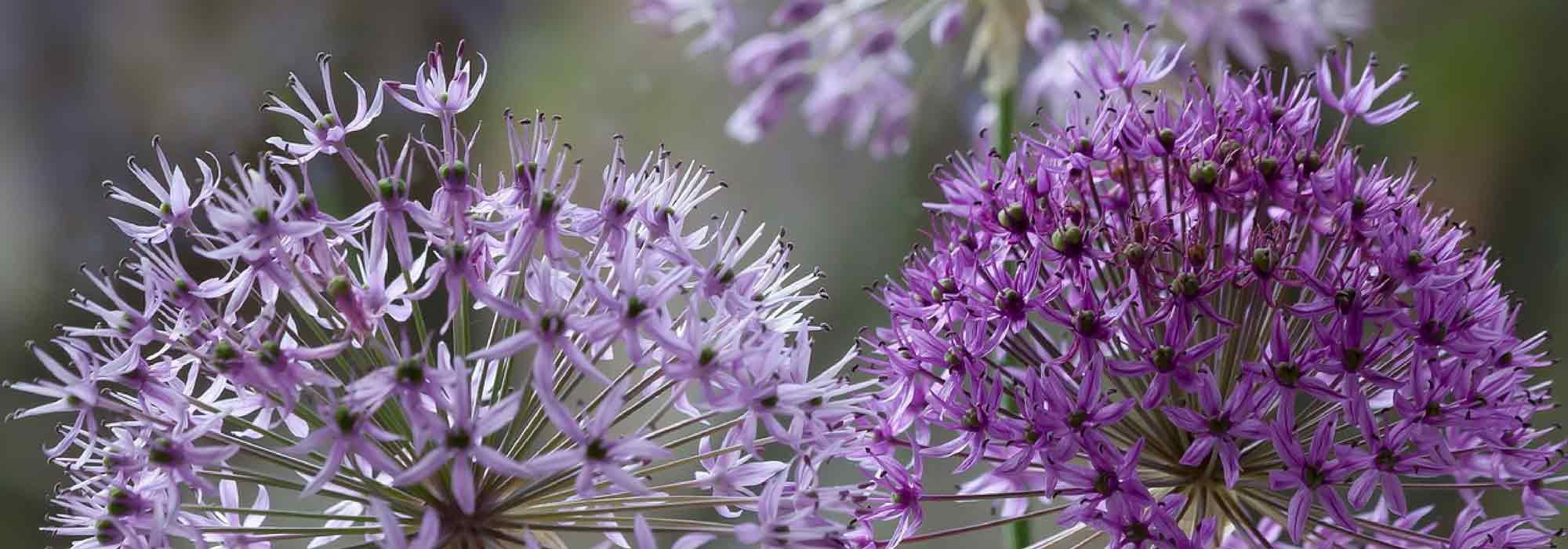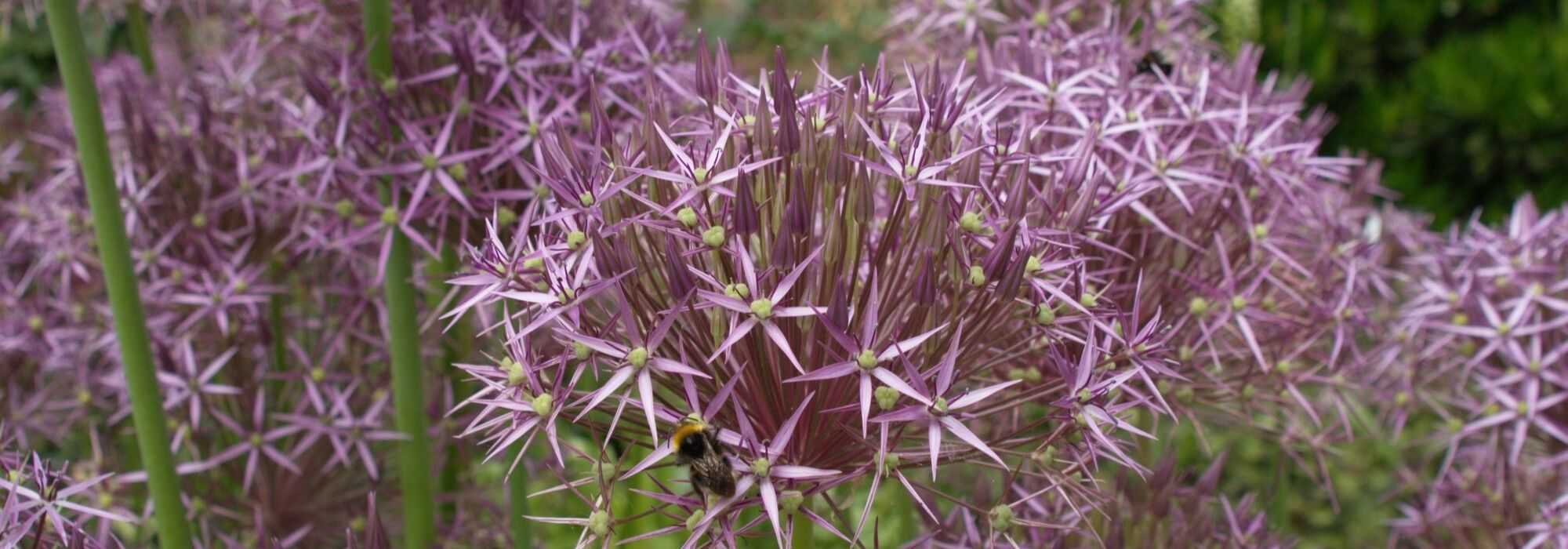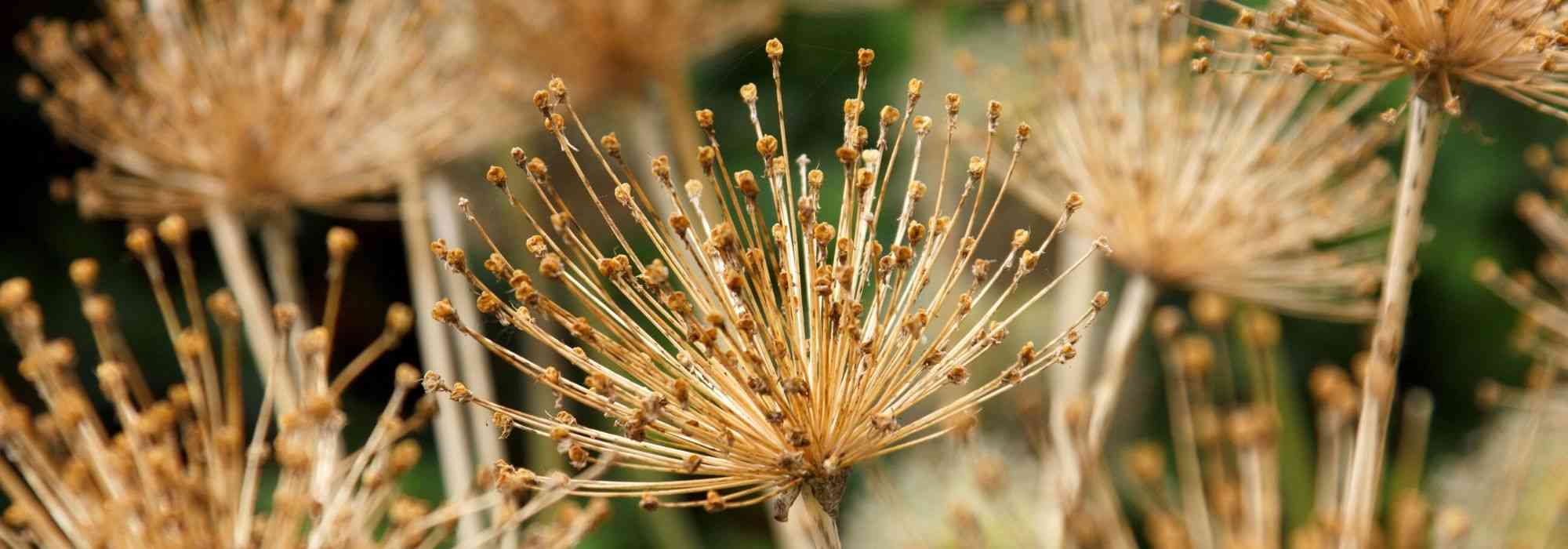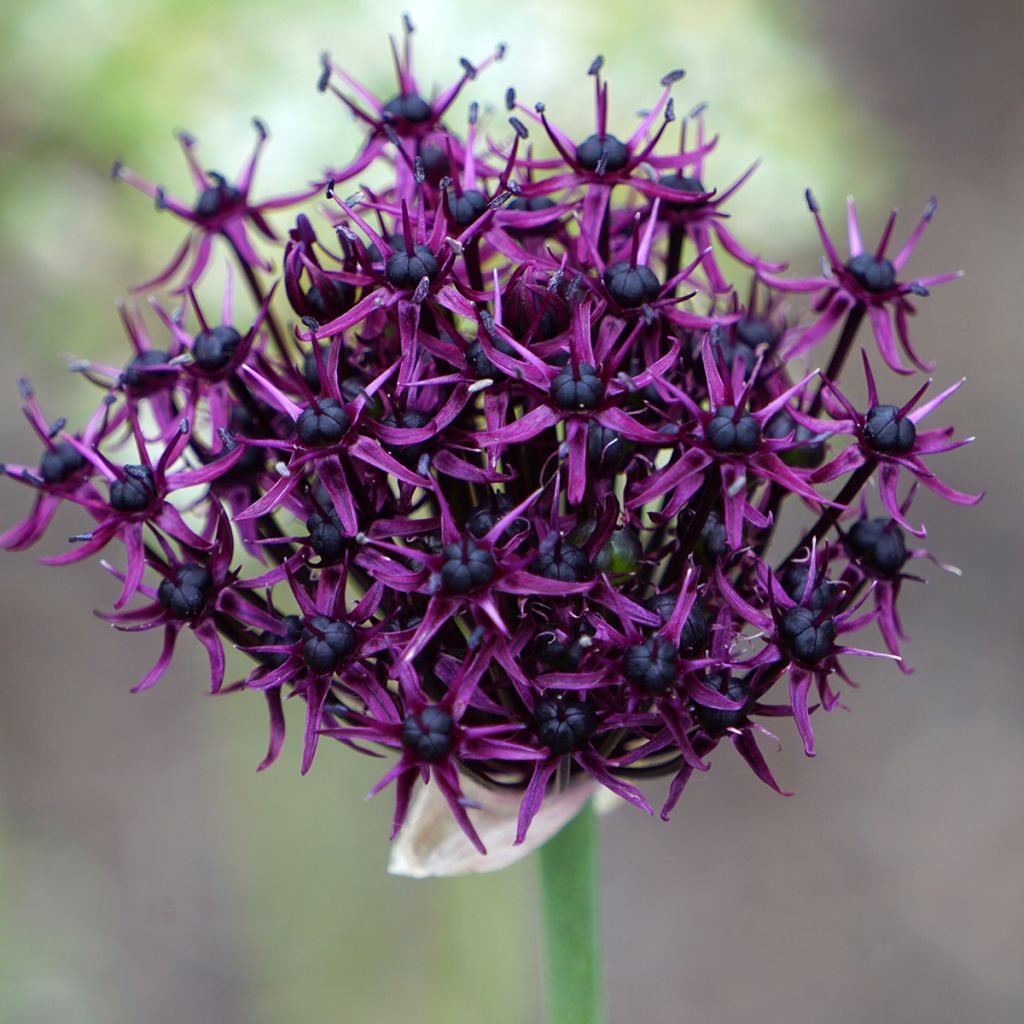

Allium atropurpureum
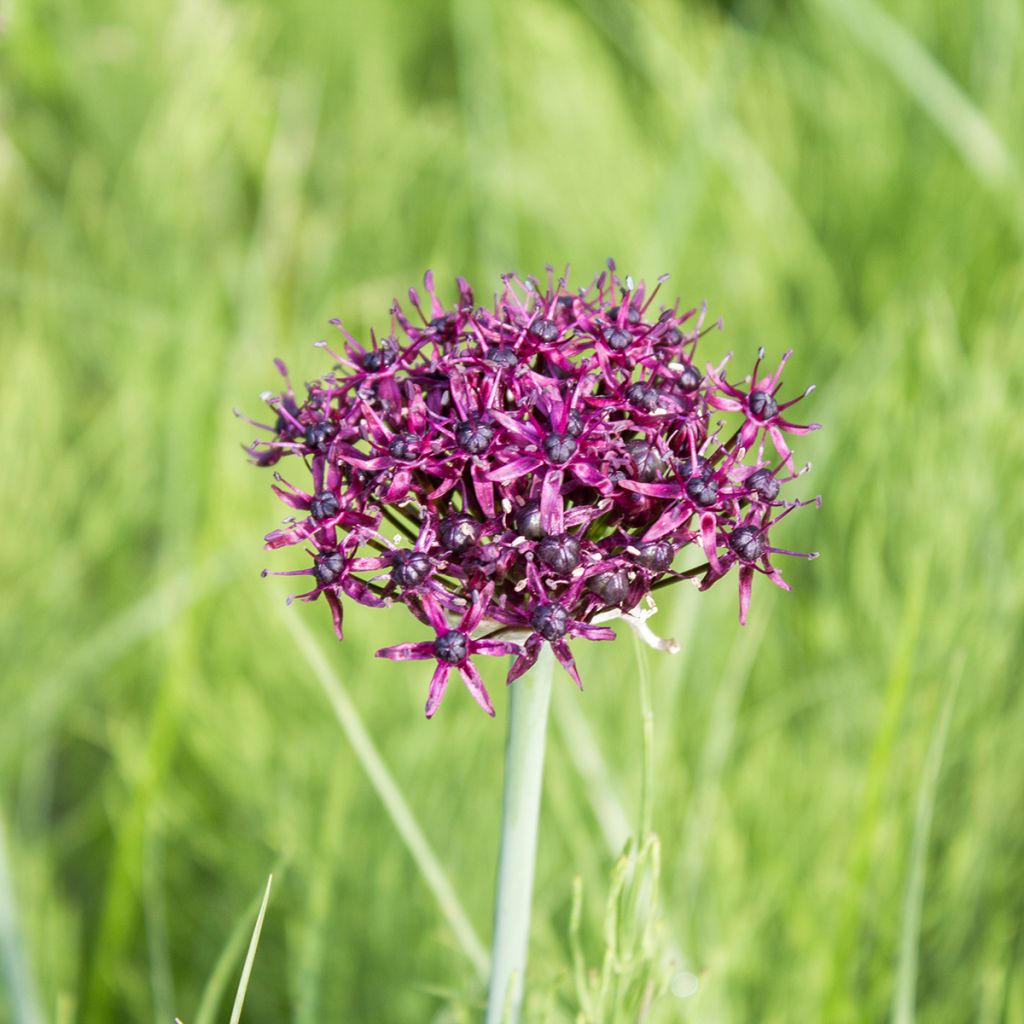

Allium atropurpureum
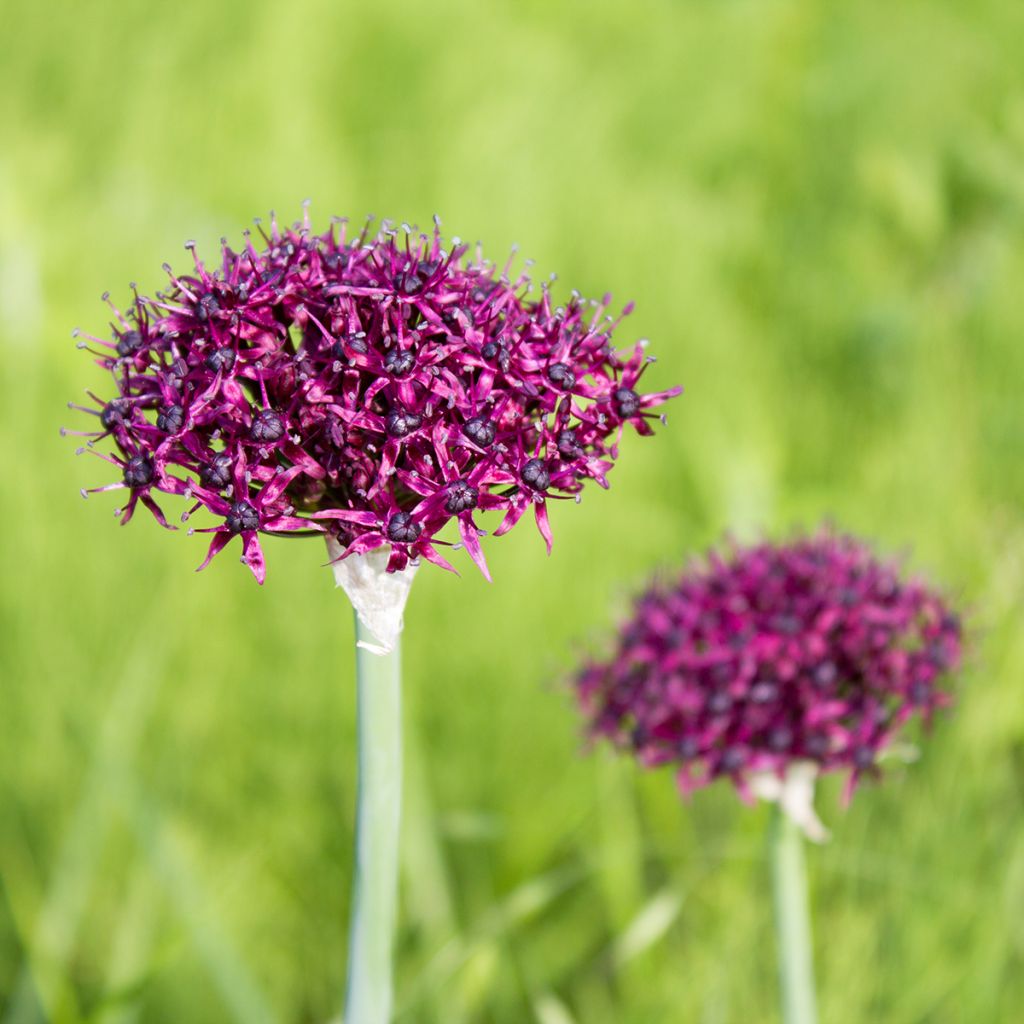

Allium atropurpureum
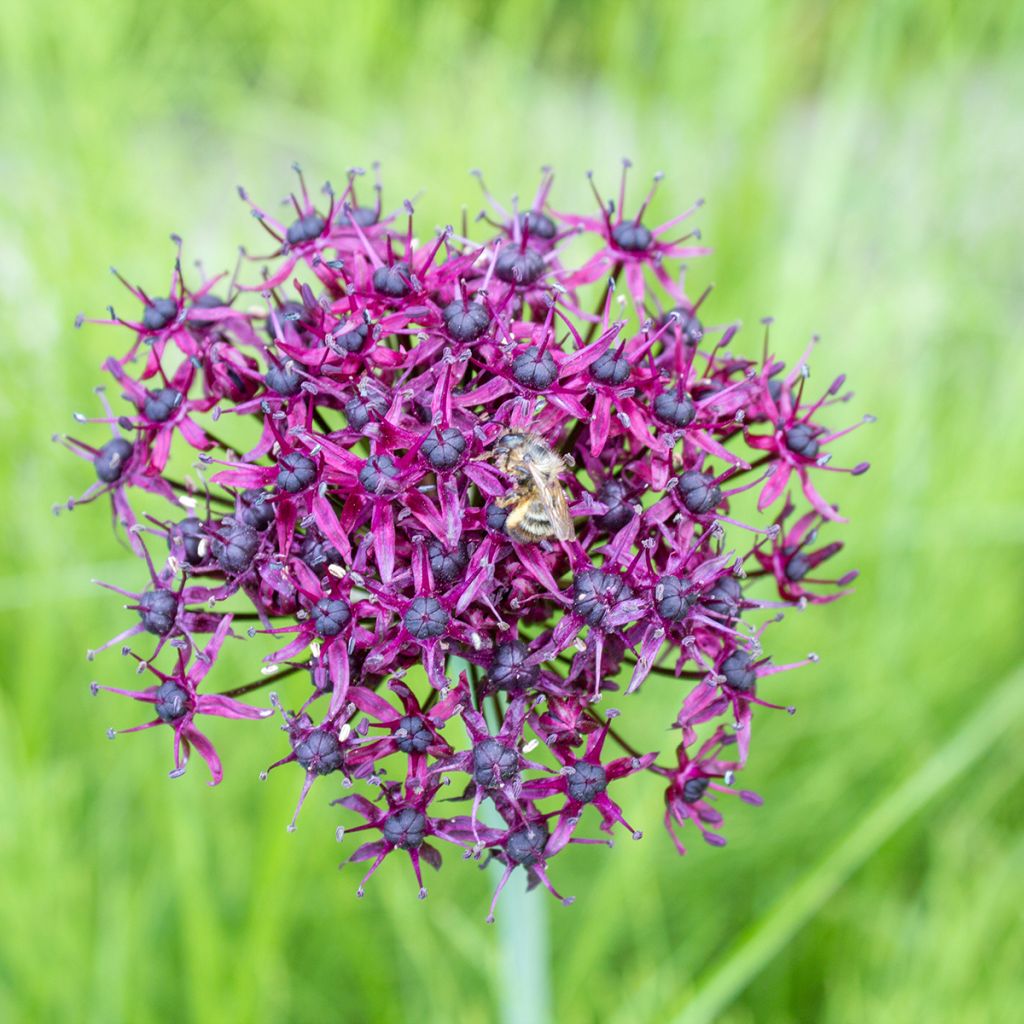

Allium atropurpureum
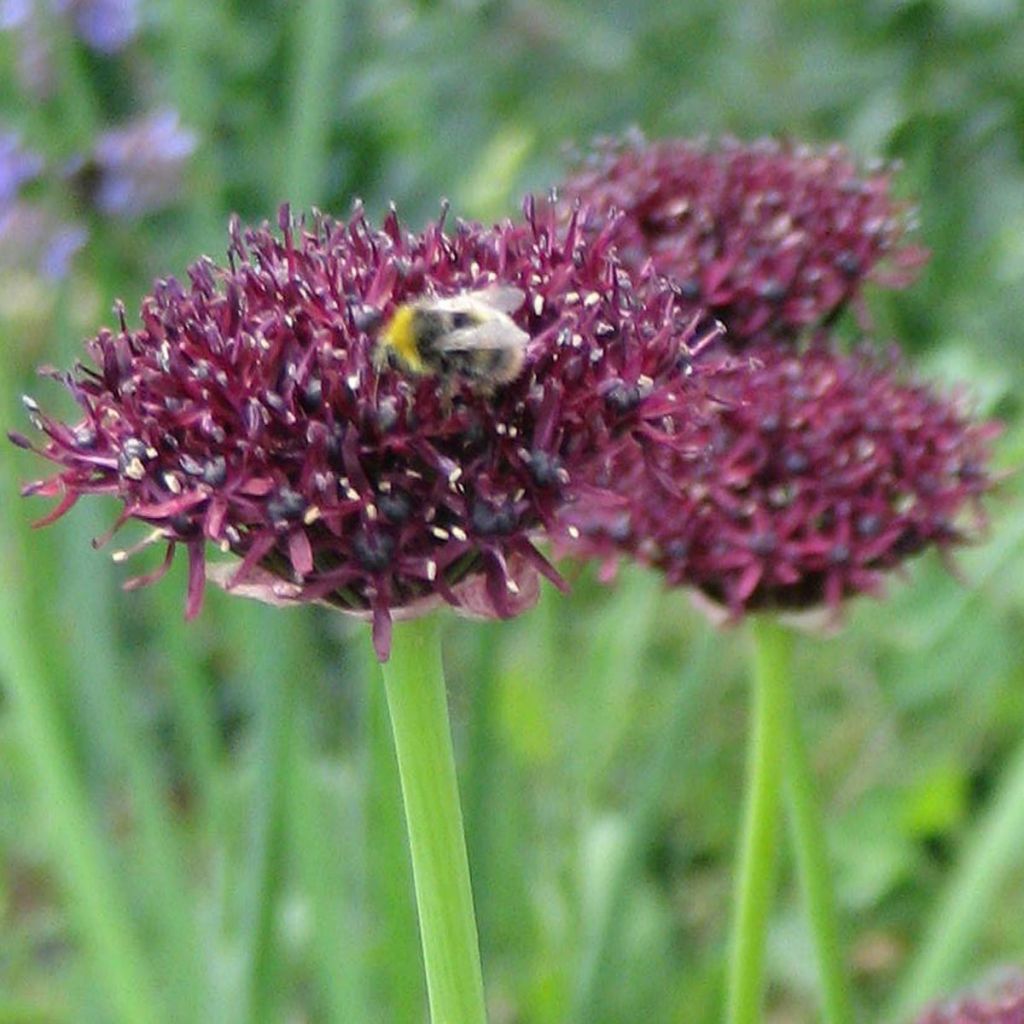

Allium atropurpureum
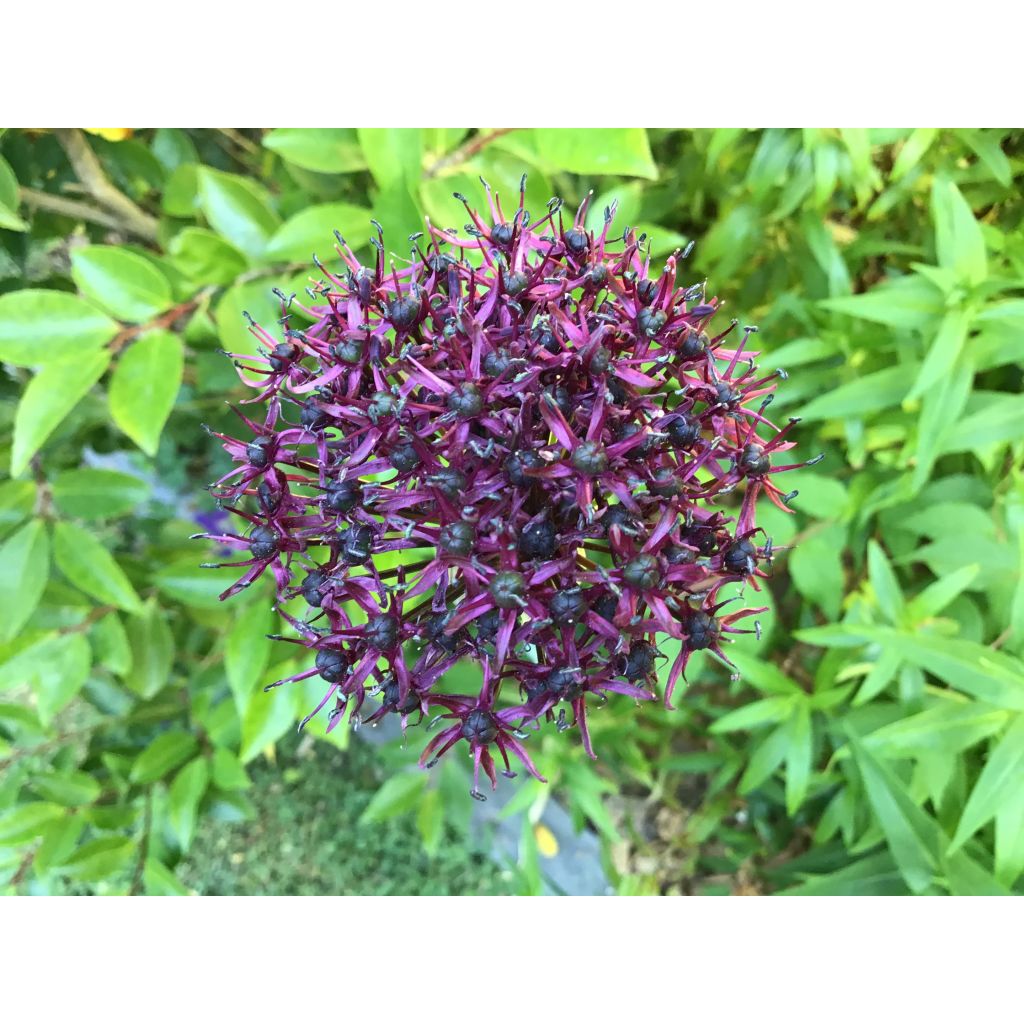

Allium atropurpureum
Allium atropurpureum
Allium atropurpureum
Purple-flowered garlic, Ornamental onion
Blooming in mid-May 2022. (Coastal Brittany). Identical to the model, astonishing colour, but rather small flower. Associated with Damask nigellos and pure white cerastes.
Anne-Louise, 23/10/2022
Special offer!
Receive a €20 voucher for any order over €90 (excluding delivery costs, credit notes, and plastic-free options)!
1- Add your favorite plants to your cart.
2- Once you have reached €90, confirm your order (you can even choose the delivery date!).
3- As soon as your order is shipped, you will receive an email containing your voucher code, valid for 3 months (90 days).
Your voucher is unique and can only be used once, for any order with a minimum value of €20, excluding delivery costs.
Can be combined with other current offers, non-divisible and non-refundable.
Home or relay delivery (depending on size and destination)
Schedule delivery date,
and select date in basket
This plant carries a 6 months recovery warranty
More information
We guarantee the quality of our plants for a full growing cycle, and will replace at our expense any plant that fails to recover under normal climatic and planting conditions.

Would this plant suit my garden?
Set up your Plantfit profile →
Description
Allium atropurpureum, sometimes called Purple/Red Allium, is an herbaceous bulbous plant, still rare in our gardens. In late spring and early summer, it bears medium-sized umbels in a dazzling red-purple hue with black highlights. Its decorative fruiting will adorn the garden in winter. This allium will also add charm to fresh or dried floral compositions. This plant has retained the charm of wildflowers. It is easy to grow and naturalises in light soils.
Allium atropurpureum belongs to the Amaryllidaceae family. It is native to Hungary, Croatia, former Yugoslavia (Serbia, Montenegro), Bulgaria, Romania, and Turkey, and has naturalised in Austria. This plant forms an erect clump, reaching a height of 80cm (32in) when in flower, 30cm (12in) for the foliage, and spreads over 10 to 25cm (4 to 10in). The flowering takes place from June to July. The plants have six-petalled flowers in a burgundy red colour. The flowers are arranged in umbels and produce attractive loculicidal dehiscence capsules. The foliage consists of long, simple, basal, linear, sessile leaves with entire margins and parallel veins. The leaves disappear at the latest in November. The plant survives winter in the form of a bulb.
Allium atropurpureum will express its full potential when planted in large groups of at least 10 to 15 bulbs. It looks perfect in flower beds, with roses and shrubby artemisias, or as a border plant, behind a row of neatly trimmed boxwood balls or germander oak. It also works well along a wall or pathway, or in isolated clumps amidst creeping bugle. No matter how you choose to plant this allium, the decorative effect is guaranteed! Consider planting it in beautiful pots that will be decorative from spring to autumn. Its foliage and flowers can be used in bouquets to create magnificent compositions.
Allium atropurpureum pairs very well with roses and chamomile in flower beds, or with carrots and beets in the vegetable garden. It can repel aphids and other harmful insects. However, it seems to inhibit the growth of legumes. This plant is a poor companion for alfalfa and sainfoin, for example. A. atropurpureum, like its relatives, is a medicinal plant. Its cousins are garlic, onion, chives, leek, and more.
Allium atropurpureum in pictures




Plant habit
Flowering
Foliage
Botanical data
Allium
atropurpureum
Alliaceae - Liliaceae
Purple-flowered garlic, Ornamental onion
East Asia
Other Allium
View all →Planting and care
Plant Allium atropurpureum in light, rich, dry to moist, neutral, slightly acidic to slightly alkaline soil (pH between 6.5 and 7.5). Loamy-sandy, loamy-gravelly, or sandy-clayey is ideal. If water does not stagnate, it can withstand harsh winters. In nature, this allium grows in humus-rich soils, along rocky cliffs, shaded part of the day. It appreciates a sunny exposure or partial shade (at least 3 hours of sun per day). Plant the fresh bulbs deeply (15cm (6in)) in autumn. Afterwards, let them naturalise and form larger clumps. Do not cut the foliage before it completely turns yellow, to allow the bulbs to replenish their reserves. Once acclimatised and established, this allium is quite drought-tolerant. If the conditions are right, this bulbous plant requires no particular maintenance but does not tolerate root competition from other perennials.
Planting period
Intended location
Care
Planting & care advice
-
, onOrder confirmed
Reply from on Promesse de fleurs
Haven't found what you were looking for?
Hardiness is the lowest winter temperature a plant can endure without suffering serious damage or even dying. However, hardiness is affected by location (a sheltered area, such as a patio), protection (winter cover) and soil type (hardiness is improved by well-drained soil).

Photo Sharing Terms & Conditions
In order to encourage gardeners to interact and share their experiences, Promesse de fleurs offers various media enabling content to be uploaded onto its Site - in particular via the ‘Photo sharing’ module.
The User agrees to refrain from:
- Posting any content that is illegal, prejudicial, insulting, racist, inciteful to hatred, revisionist, contrary to public decency, that infringes on privacy or on the privacy rights of third parties, in particular the publicity rights of persons and goods, intellectual property rights, or the right to privacy.
- Submitting content on behalf of a third party;
- Impersonate the identity of a third party and/or publish any personal information about a third party;
In general, the User undertakes to refrain from any unethical behaviour.
All Content (in particular text, comments, files, images, photos, videos, creative works, etc.), which may be subject to property or intellectual property rights, image or other private rights, shall remain the property of the User, subject to the limited rights granted by the terms of the licence granted by Promesse de fleurs as stated below. Users are at liberty to publish or not to publish such Content on the Site, notably via the ‘Photo Sharing’ facility, and accept that this Content shall be made public and freely accessible, notably on the Internet.
Users further acknowledge, undertake to have ,and guarantee that they hold all necessary rights and permissions to publish such material on the Site, in particular with regard to the legislation in force pertaining to any privacy, property, intellectual property, image, or contractual rights, or rights of any other nature. By publishing such Content on the Site, Users acknowledge accepting full liability as publishers of the Content within the meaning of the law, and grant Promesse de fleurs, free of charge, an inclusive, worldwide licence for the said Content for the entire duration of its publication, including all reproduction, representation, up/downloading, displaying, performing, transmission, and storage rights.
Users also grant permission for their name to be linked to the Content and accept that this link may not always be made available.
By engaging in posting material, Users consent to their Content becoming automatically accessible on the Internet, in particular on other sites and/or blogs and/or web pages of the Promesse de fleurs site, including in particular social pages and the Promesse de fleurs catalogue.
Users may secure the removal of entrusted content free of charge by issuing a simple request via our contact form.
The flowering period indicated on our website applies to countries and regions located in USDA zone 8 (France, the United Kingdom, Ireland, the Netherlands, etc.)
It will vary according to where you live:
- In zones 9 to 10 (Italy, Spain, Greece, etc.), flowering will occur about 2 to 4 weeks earlier.
- In zones 6 to 7 (Germany, Poland, Slovenia, and lower mountainous regions), flowering will be delayed by 2 to 3 weeks.
- In zone 5 (Central Europe, Scandinavia), blooming will be delayed by 3 to 5 weeks.
In temperate climates, pruning of spring-flowering shrubs (forsythia, spireas, etc.) should be done just after flowering.
Pruning of summer-flowering shrubs (Indian Lilac, Perovskia, etc.) can be done in winter or spring.
In cold regions as well as with frost-sensitive plants, avoid pruning too early when severe frosts may still occur.
The planting period indicated on our website applies to countries and regions located in USDA zone 8 (France, United Kingdom, Ireland, Netherlands).
It will vary according to where you live:
- In Mediterranean zones (Marseille, Madrid, Milan, etc.), autumn and winter are the best planting periods.
- In continental zones (Strasbourg, Munich, Vienna, etc.), delay planting by 2 to 3 weeks in spring and bring it forward by 2 to 4 weeks in autumn.
- In mountainous regions (the Alps, Pyrenees, Carpathians, etc.), it is best to plant in late spring (May-June) or late summer (August-September).
The harvesting period indicated on our website applies to countries and regions in USDA zone 8 (France, England, Ireland, the Netherlands).
In colder areas (Scandinavia, Poland, Austria...) fruit and vegetable harvests are likely to be delayed by 3-4 weeks.
In warmer areas (Italy, Spain, Greece, etc.), harvesting will probably take place earlier, depending on weather conditions.
The sowing periods indicated on our website apply to countries and regions within USDA Zone 8 (France, UK, Ireland, Netherlands).
In colder areas (Scandinavia, Poland, Austria...), delay any outdoor sowing by 3-4 weeks, or sow under glass.
In warmer climes (Italy, Spain, Greece, etc.), bring outdoor sowing forward by a few weeks.






























